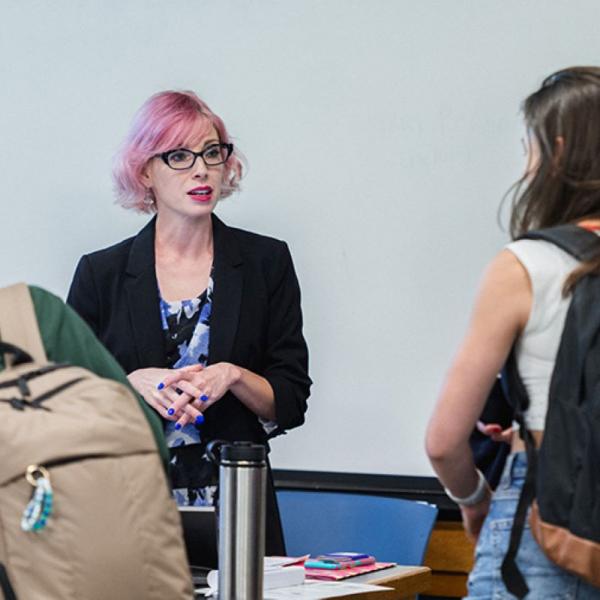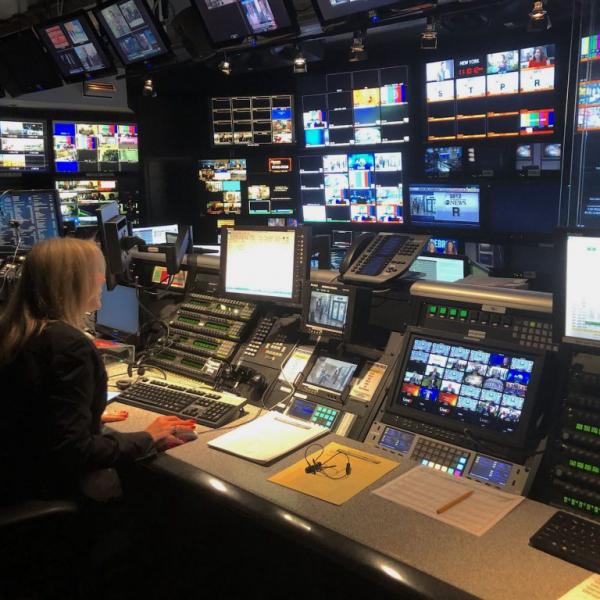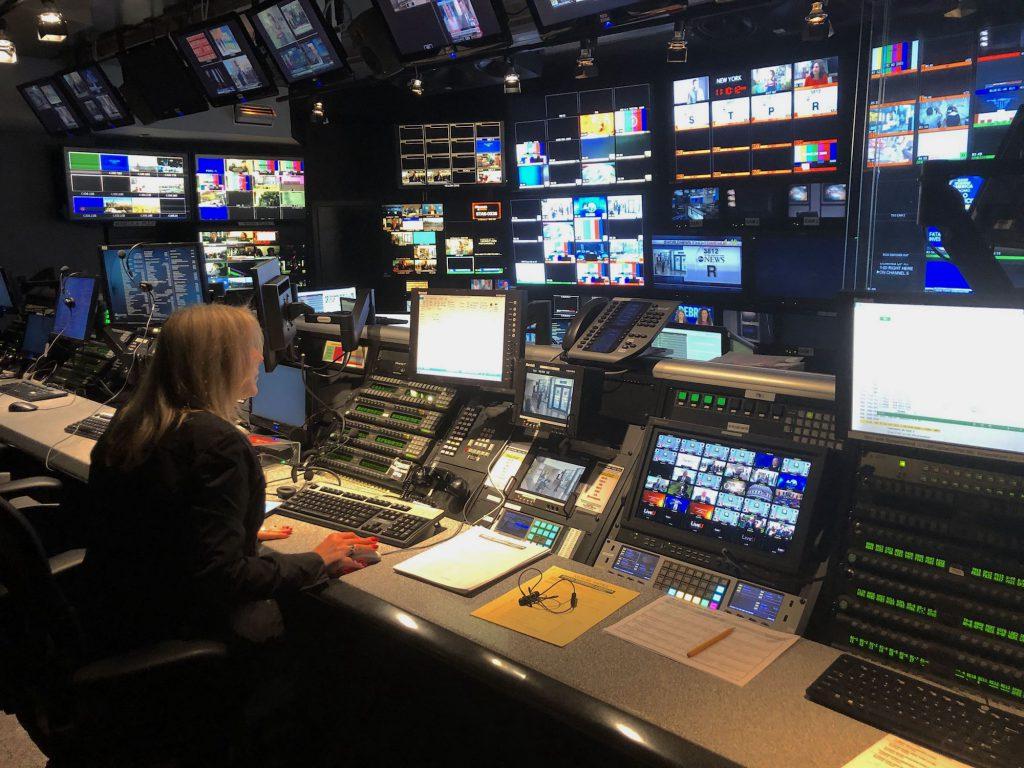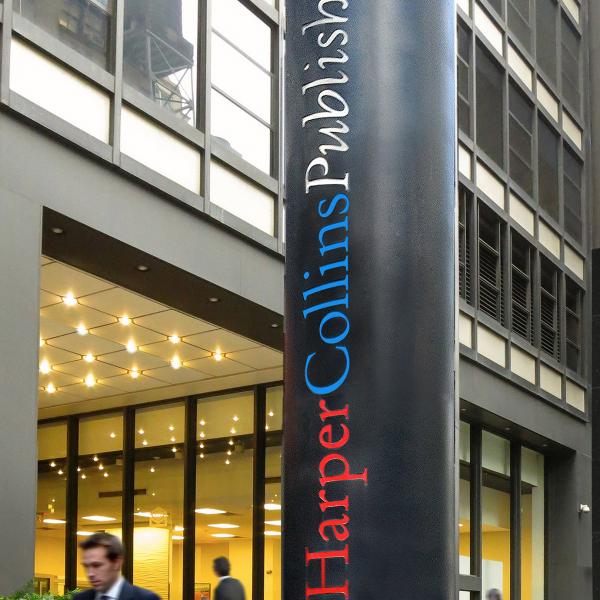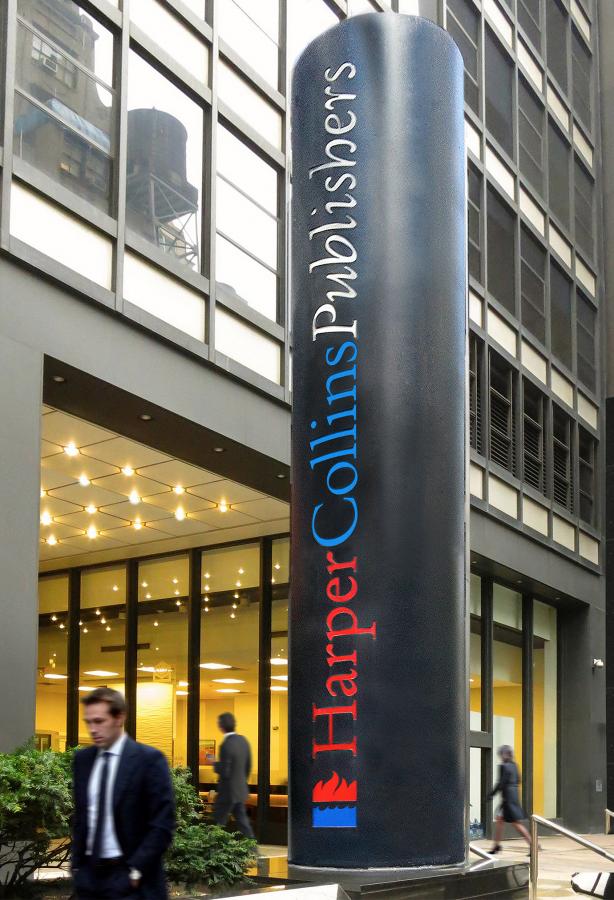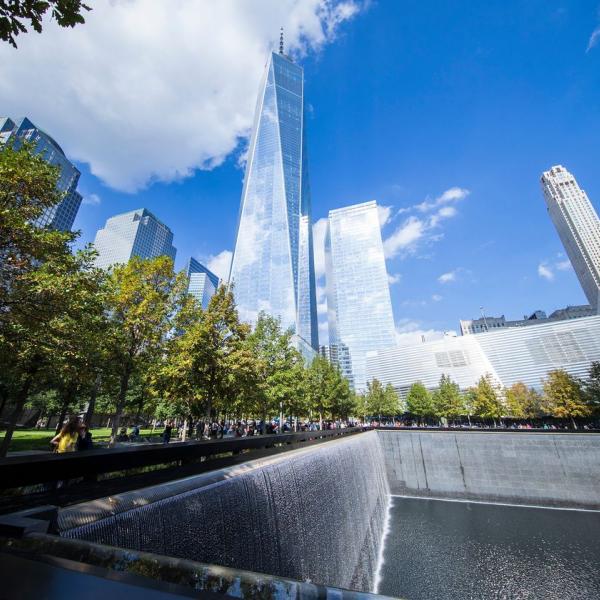Modern Media: The Good, the Bad, & the Future
Network news, Youtube vloggers, The Washington Post posting to TikTok. What is “modern” about media today? How can we consume—and create—media in more mindful, ethical, transformative ways? In this course you will learn about both traditional “mass media,” like newspapers and broadcast journalism, and the many types of “new media” which have exploded over the digital age, including social media.
Leading the way together, the two program instructors represent different areas of experience and expertise: Eileen G'Sell has a vibrant and ongoing history of consistent, topical publication and participation in short and long-form culture criticism; John R. Green has an eminent history—four Emmys, a Dupont and Peabody Award—in mass media news and documentary production.

